10. Children of Men
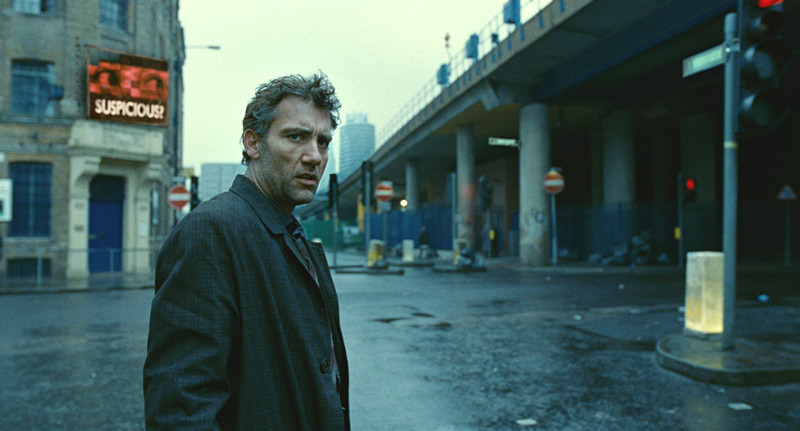
In the future, humans lose the ability to have children. In England, only martial law keeps chaos from spilling into complete anarchy. Theo Faron, a bureaucrat, is abducted by the Fishes, and this leads to him becoming the protector of the world’s last hope.
Based on P.D. James’ acclaimed novel, the film is just as bleak, tackles the same main themes and generally respects the source material. As a result, Children of Men has become one of the most acclaimed science fiction films of the century.
9. Casino Royale
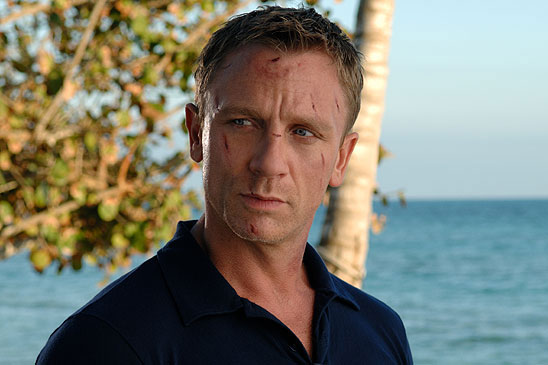
British Secret Agent James Bond has been given 00 status, so he now has a license to kill. He heads to Madagascar on his first mission to spy on a terrorist, and he finds a link to a man who finances terrorist groups, called Le Chiffre. Le Chiffre is a gambler, and Bond uses this against the man in an interesting confrontation.
Casino Royale is the film that rejuvenated the franchise, removing the campiness and revamping it with a darker, edgier Bond. It’s based on Ian Fleming’s first James Bond novel, and a few differences aside, it’s essentially the same.
8. No Country for Old Men
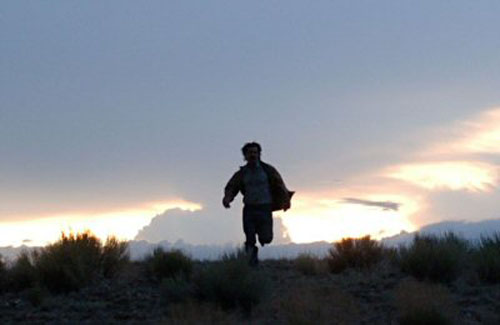
A drug deal goes horribly wrong and Vietnam veteran Llewelyn Moss stumbles into the aftermath. Other than the bodies, he finds a pilot’s case with two million dollars cash, and he can’t resist taking it. But this causes the law to pursue him and, more alarmingly, a merciless killer called Chigurh. What follows is a cat-and-mouse game with a rising body count. Many people consider this to be the Coen brothers’ best work, and they might be right.
The film is based on Cormic McCarthy’s novel of the same name. If he sounds familiar, that’s because he also wrote the post-apocalyptic The Road. There isn’t much difference between book and film—the Coens were incredibly faithful to the source—so most fans of McCarthy’s book will also enjoy the movie.
7. Gomorrah
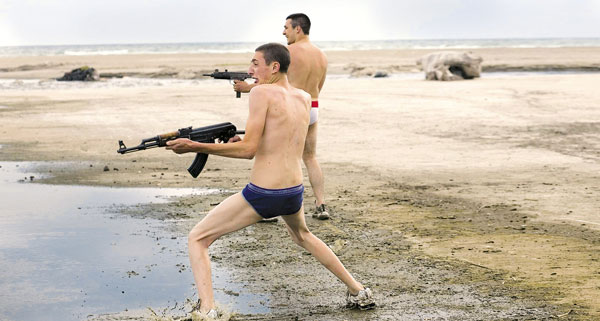
Crime films don’t get much grittier than Matteo Garrone’s morbid masterpiece. The movie deals with how the Camorra criminal organization affects and corrupts the people around it. Ciro and Marco are two teenagers obsessed with gangster movies who try to form their own cartel.
Totò is a grocery delivery boy who finds himself inducted into the gang and made to do things he never thought he would. Don Ciro is faced with an impossible choice when he’s captured. These stories and more show just how powerful a syndicate can be.
The movie is based on journalist Roberto Saviano’s prize-winning non-fiction investigative book, which exposes intricate details about the Camorra. It has won numerous awards, but it also got Saviano death threats from Neapolitan godfathers.
6. Let the Right One In
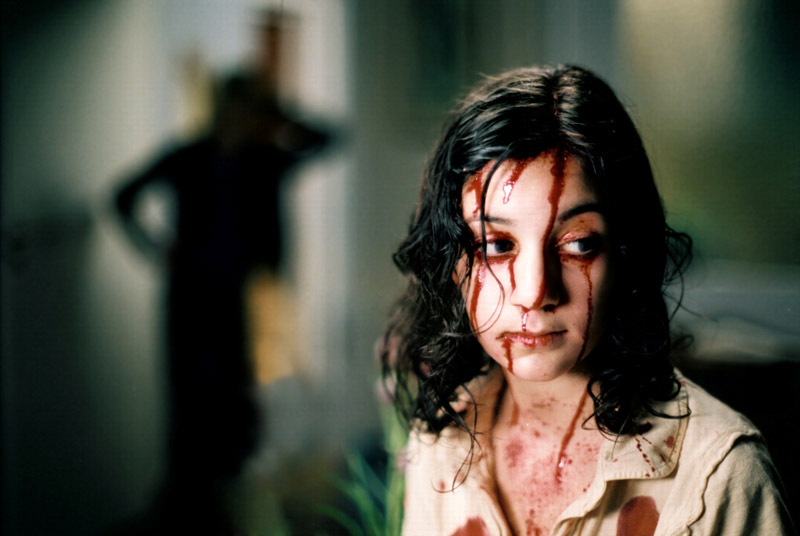
Oskar is a bullied 12-year-old who lives with his mother. He meets and befriends Eli, a mysterious young girl. Her arrival coincides with a string of gruesome murders in the town.
The movie is based on John Ajvide Lindqvist’s bestselling novel. There were scenes and characters in the book that didn’t make it to the film, but the film still captured the essence and themes of the novel. It didn’t hurt that they got Lindqvist to pen the screenplay. The result is one of the greatest vampire films ever made.
5. City of God
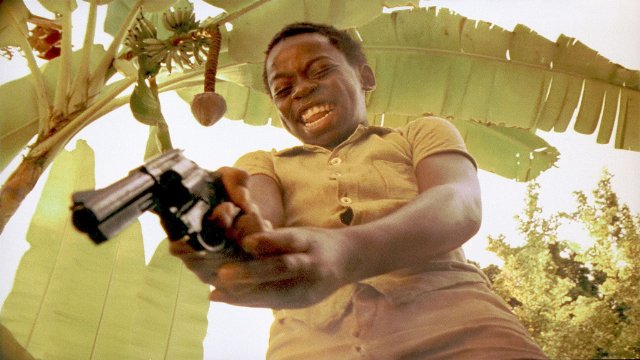
Rocket is a budding photographer in Rio de Janeiro’s poverty-stricken favelas. His photos of gang members make him popular among the gangs, and some even try to use Rocket as their key to fame in the favelas. The film offers a disturbing but essential look at the favelas and how they affect their inhabitants, especially during the time when gangs were the law and the police were only interested in bribes.
City of God is based on Paulo Lins’ semi-autobiographical novel, which is loosely based on his experiences in the favelas.
4. 12 Years a Slave
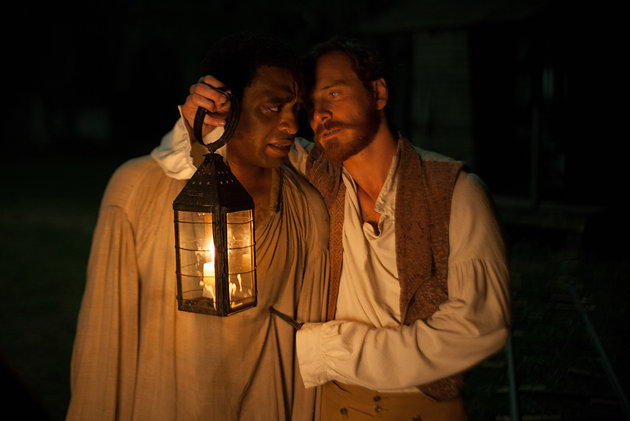
Solomon Northup is a free black violinist in New York State. However, he is kidnapped, sold into slavery and forced to work on a plantation in New Orleans. For the next 12 years, he experiences life under different slave owners and constantly struggles to survive.
Steve McQueen’s masterpiece is based on Solomon Northup’s own memoir, which explicitly outlines his experiences as a slave. McQueen changed little in his film, which made it hard to watch, but an essential piece of cinema. It ended up receiving widespread critical acclaim and winning a ton of awards all over the world, including the screenplay.
3. Persepolis
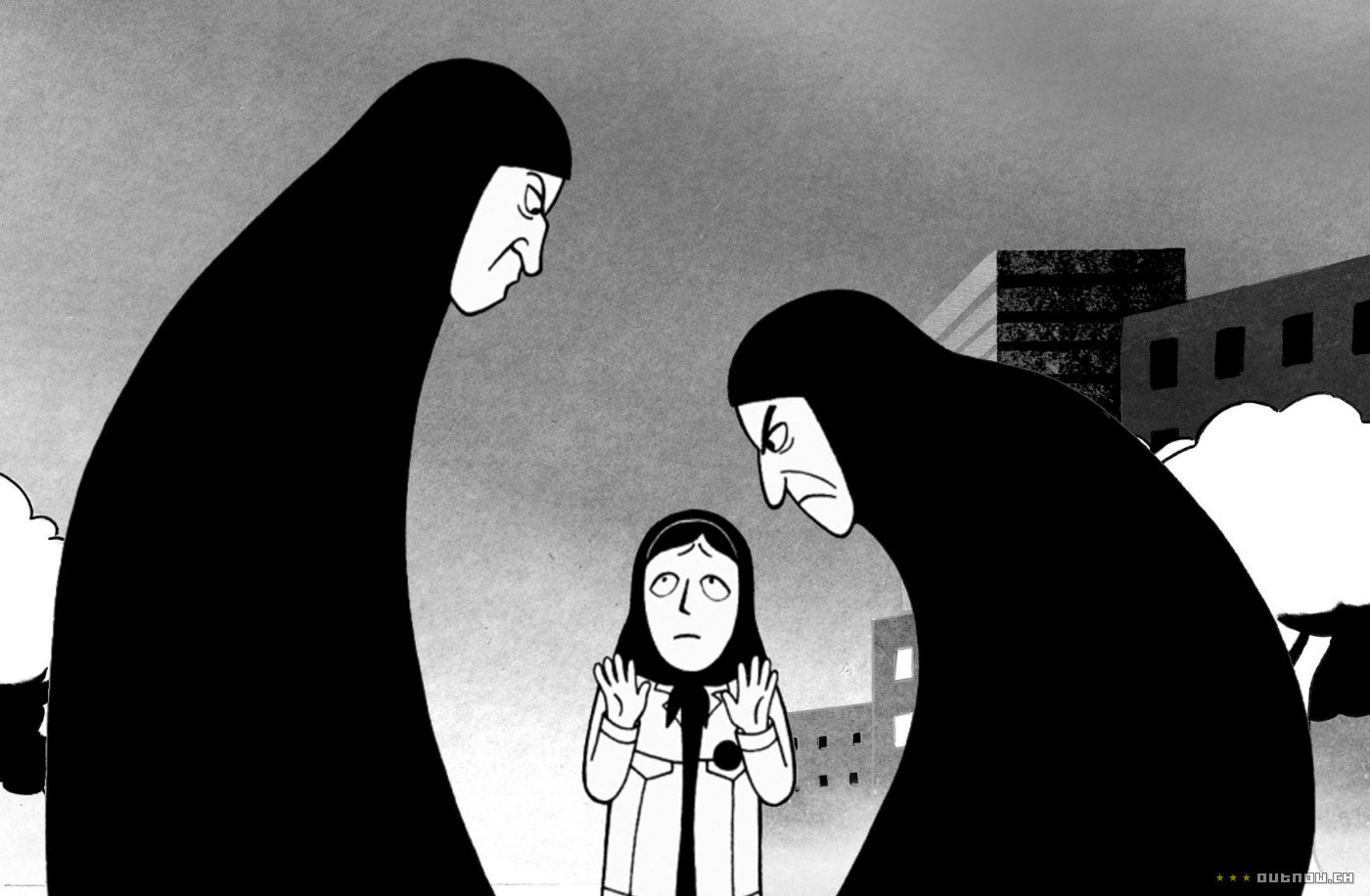
When Marjane Satrapi fails to board a plane headed to Iran, she reflects on her life, from her difficult childhood in Iran during the Islamic Revolution to her teenage life in Austria, where she fails to connect to most of the people, and to her early adult life.
The film is based on Satrapi’s autobiographical graphic novel, which Satrapi herself wrote and directed. Thanks to this, the film was an incredibly faithful adaptation and an effective one as well, showing us Satrapi’s coming of age amidst the turmoil surrounding her. All this makes Perspolis one of the greatest graphic novel adaptations of all time.
2. The Class
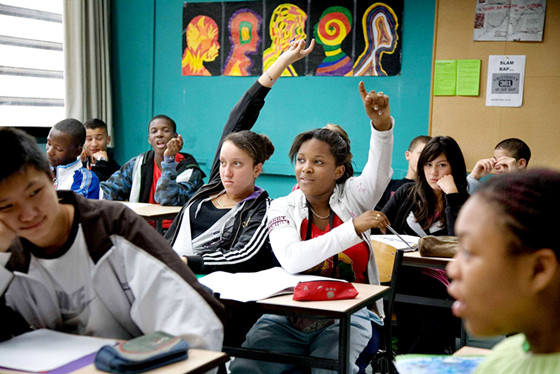
François Marin is a tough but just French language teacher in one of the toughest high schools in Paris. When the new school year starts, he faces a new class with problematic students who constantly challenge him and his teaching methods. He faces modern and timeless issues like ethnic tension, teen violence and more, and his resolve as a teacher is constantly put to the test.
Written and directed by Laurent Cantet, the film is based on François Bégaudeau’s semi-autobiographical novel about his own experiences as a French teacher. The novel especially focuses on Bégaudeau’s experiences with particular problem children. And Bégaudeau starred in the movie as… himself. The Class went on to win the Palme d’Or.
1. The Pianist
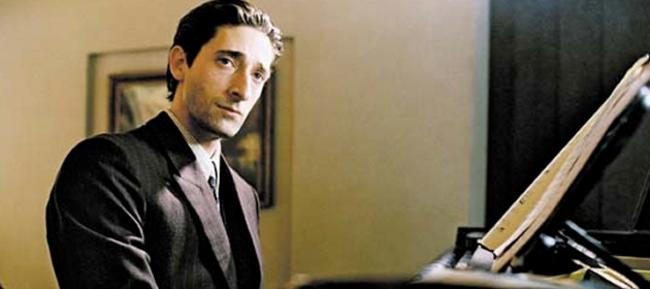
Władysław Szpilman, a Polish-Jewish radio station pianist in Warsaw, experiences the start of World War II. When the Allied Forces fail to show up, the Nazi’s hold strengthens in the country. Szpilman and his family are forced into the overcrowded Warsaw Ghetto, and are soon separated during Operation Reinhard.
The movie is based on Szpilman’s own memoir, which tells how he survived lived through the extermination camps, the Warsaw Ghetto and more. There isn’t much difference between the two, and the film succeeds in showing the horror of what happened in Warsaw. Part of the reason the film tells its story so effectively is because the director, Roman Polanski, was also a survivor of the Holocaust.
Author Bio: Fredrick is a copywriter-cum-scriptwriter with a passion for the macabre. When he’s not watching movies, he’s reading Lovecraftian novels and devouring manga.